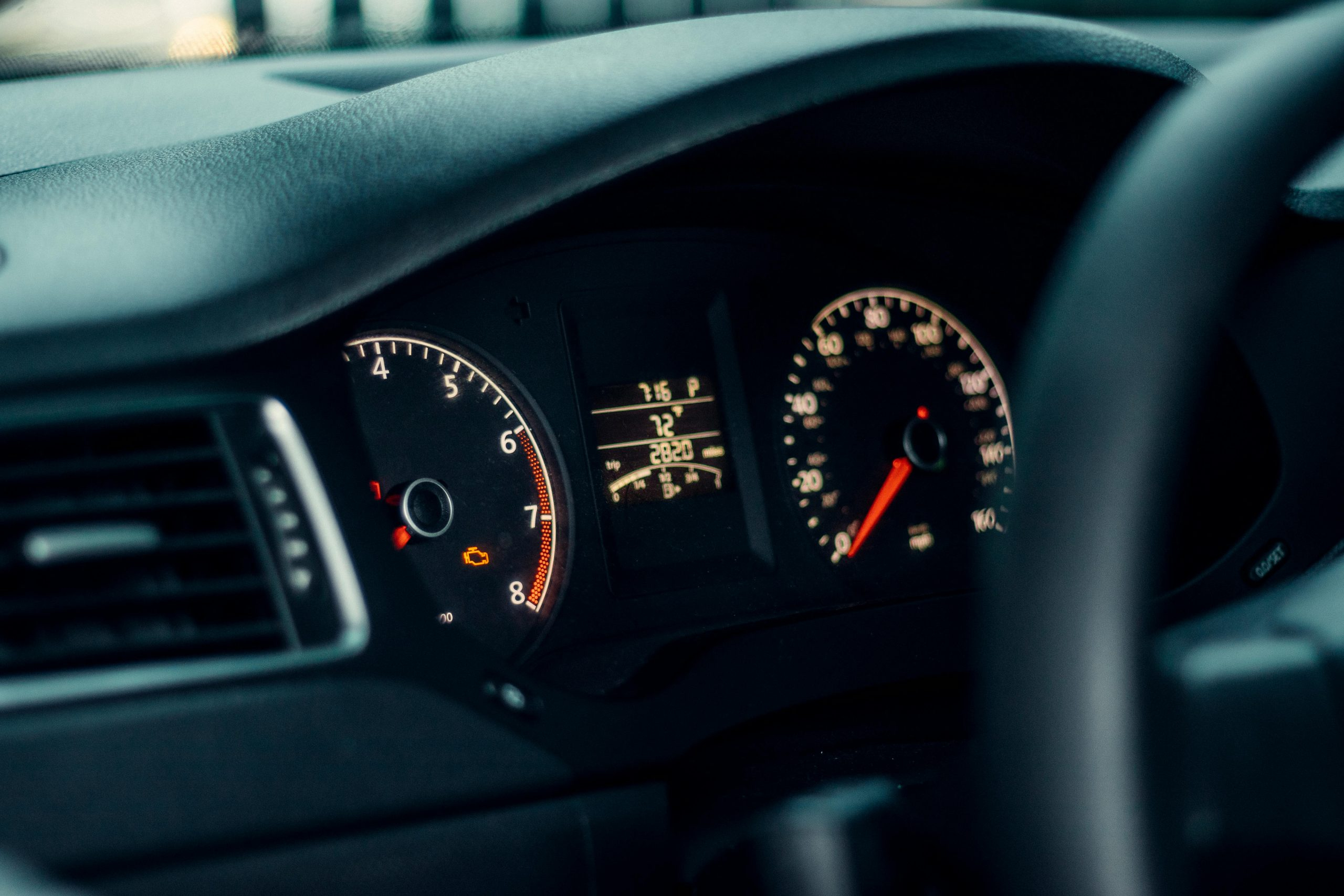Understanding Your Car’s Dashboard Warning Lights and Indicators
If you’ve ever been driving along and suddenly had a light appear on your car’s dashboard, you know how unnerving it can be. Is something wrong with your car? Should you pull over immediately? What does the light even mean? Understanding your car’s dashboard warning lights and indicators is key to keeping your vehicle in top condition and avoiding potential breakdowns on the road. In this article, we’ll take a deep dive into the most common dashboard warning lights and what they mean, so you can have peace of mind on your next drive.
The Basics
Before we get into the specific warning lights, let’s cover some basic information. Your car’s dashboard has numerous lights and symbols that illuminate to alert you of any potential issues with your vehicle. These lights can indicate everything from low tire pressure to engine trouble, and it’s essential to pay attention to them. When a light appears, it’s best to take action immediately to prevent further damage and costly repairs.
Understanding the Colors
One way to quickly determine the urgency of a dashboard warning light is to look at its color. Red lights typically indicate a more serious problem that requires immediate attention, while yellow or orange lights often signify a potential issue that can be addressed soon but shouldn’t be ignored. Green or blue lights indicate that a particular system is on or in use, such as high beams or cruise control. Let’s take a closer look at some of the most common dashboard warning lights you may encounter.
Engine Warning Light
The engine warning light, also known as the check engine light, is perhaps the most dreaded of all dashboard lights. When this light appears, it’s indicating an issue with your vehicle’s engine system. It could be something as minor as a loose gas cap or something more severe, like a malfunctioning sensor. It’s essential to get your car checked as soon as possible when this light comes on to prevent any further damage to your engine.
Tire Pressure Warning Light
The tire pressure warning light looks like an exclamation point inside of a horseshoe and typically appears when one or more of your tires is underinflated. You should check the pressure on all of your tires and inflate any that are low to the recommended PSI. Driving on underinflated tires can lead to premature wear and even tire blowouts, so it’s crucial to monitor your tire pressure regularly.
Oil Pressure Warning Light
If you see a light that looks like an oil can, it’s your oil pressure warning light. This light illuminates when there isn’t enough oil in your car’s engine or when there is an issue with the oil pressure. Low oil levels can cause severe damage to your engine, so be sure to check your oil levels and top up if necessary. If your oil levels are okay, it may indicate a more significant problem with your car’s oil system, and you should schedule a mechanic appointment as soon as possible.
Battery Warning Light
The battery warning light is usually in the shape of a battery and signifies an issue with your car’s charging system. It could mean that your battery is weak, or there is an issue with your car’s alternator. In either case, it’s essential to get your battery system checked promptly to avoid being stranded with a dead battery.
Brake Warning Light
The brake warning light looks like an exclamation point in a circle and indicates a problem with your car’s braking system. It could indicate that your parking brake is engaged, or there is a more severe issue with your brakes, such as low brake fluid. If you’re experiencing any issues with your brakes, it’s essential to get them checked immediately for your safety and the safety of others on the road.
Conclusion
In conclusion, understanding your car’s dashboard warning lights and indicators can help you prevent further damage to your vehicle and ensure your safety on the road. If you see any of these lights appear on your dashboard, don’t ignore them. Take action quickly to address any potential issues, and don’t hesitate to consult with a mechanic if you’re unsure of the problem. With proper maintenance and attention, you can keep your car running smoothly and avoid any unexpected breakdowns or costly repairs.










